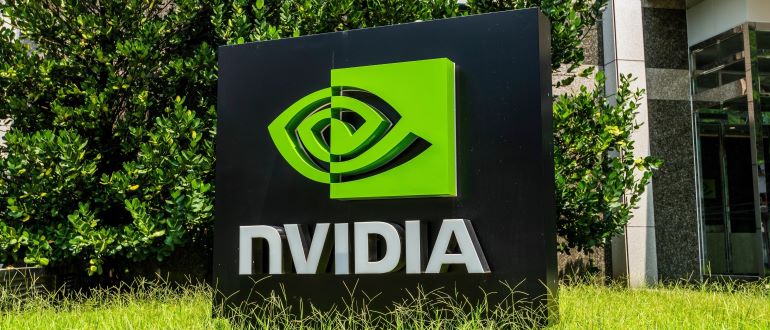
NVIDIA today added a series of blueprints that IT teams can use as foundations for building artificial intelligence (AI) agents that can be embedded in a range of workflows.
Based on the NVIDIA NIM microservices framework, the initial set of pre-trained NIM Agent Blueprints are designed to make enable organizations to jumpstart generative AI projects involving customer service, data extraction from PDF files and drug discovery.
Additionally, NVIDIA is partnering with Accenture, Cisco, Dell Technologies, Deloitte, Hewlett Packard Enterprise (HPE), Lenovo, SoftServe and World Wide Technology (WWT) to make available additional AI expertise and the infrastructure needed to run these applications.
Developers can use the NeMo framework created by NVIDIA to customize and modify those blueprints in a way that provides an easy button to reduce the time and effort required to build and deploy AI agents, says Justin Boitano, vice president for Enterprise AI software products at NVIDIA. “We realized it’s time to really scale the impact of generative AI by enabling tens of millions of enterprise application developers to create this new form of in-house enterprise application in a way that’s easier for them to get going,” he says.
Each blueprint is based on different combinations of NVIDIA software. The customer service blueprint, for example, makes use of NVIDIA Tokkio technologies that enable organizations to create digital humans that can be embedded in a workflow.
The multimodal PDF data extraction workflow for retrieval-augmented generation (RAG) employs NVIDIA NeMoTM Retriever NIM microservices to create a digital agent that can be trained using PDF files. In addition, RAG techniques will make it possible to connect the reasoning engines that power those agents to systems of record from SAP, ServiceNow and WorkDay, noted Boitano.
Finally, a generative virtual screening NIM Agent Blueprint that accelerates drug discovery incorporates NVIDIA NIM microservices to accelerate virtual screening of small molecules using large language models (LLMs).

NVIIDIA plans to release additional blueprints monthly to address other use cases, including customer experience, content generation, software engineering and product research and development. In combination with other tools, IT teams will also be able to connect multiple NIM Agent Blueprints to automate more complex workflows.
Additionally, as the AI application is running and interacting with users, it will generate data that can be used to improve the models in a continuous learning cycle, notes Boitano.
It’s not clear how quickly organizations are moving to embed AI agents into workflows, but it’s now more a question of when rather than if. The immediate challenge is acquiring the skills required to build and deploy those agents, which is why NVIDIA is now moving to provide blueprints that reduce the level of expertise that might be required.
Of course, the cost of invoking generative AI agents using input and output tokens still needs to be determined. In some instances, it still may be less expensive to rely on humans to perform certain tasks, but in an era where finding, hiring and retaining humans can be a challenge, AI agents provide an attractive alternative.


